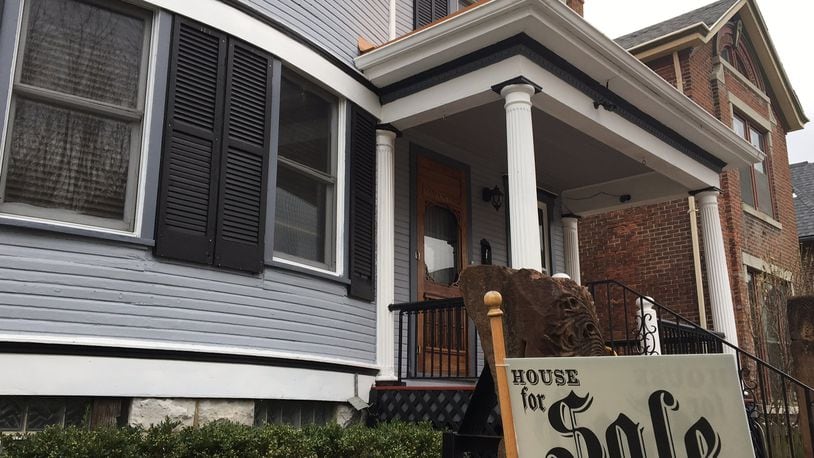Vacant homes can harm neighborhoods and be challenging to sell.
But Dayton’s housing market has shown steady improvement, including increasing home prices and falling mortgage delinquencies, and the supply of homes for sale falls well short of the demand.
“This is the best year we’ve had since the recession, and our inventory is at a historical low,” said Karen O’Grady, president of the Dayton Area Board of Realtors and an agent with Coldwell Banker Heritage.
The Dayton metro region has seen the share of homeowner vacancies grow for two years.
The homeowner vacancy rate is the proportion of the homeowner inventory that is vacant and for sale.
The vacancy rate last year increased 1 percentage point to 3.3 percent. That was the highest it has been since 2011.
Vacant homes can drag down neighbors’ home values and attract vandalism and unwanted intruders.
Some house hunters want to tour homes that have furniture and that are lived-in. Some people struggle to visualize what an empty home looks like once it’s filled.
Also, some vacant homes are owned by investors, some of whom live out of state or outside the area and may not keep up the appearance and condition of the property.
The Census homeowner vacancy data captures some homes that are not really empty, like second homes and homes that are being constructed or flipped and are not yet occupied, O’Grady said.
She said 2016 was the strongest year for Dayton’s for-sale housing market since the recession, and 2017 is shaping up to be even stronger.
This time last year, she said, the Dayton area had about a seven-month supply of inventory. This year, that has fallen to just about four months worth.
“It’s a historically low inventory,” she said. “That’s the big problem now: We aren’t seeing enough houses on the market.”
Sellers are receiving multiple offers again and seeing full-price offers, and Realtors do not have enough housing to sell right now, she said.
Some slack in the housing market can be beneficial, because it gives buyers more options to find exactly the type of home they want, said Brett Barkely, senior research analyst with the Federal Reserve Bank of Cleveland.
But too much slack can put downward pressure on home prices and can signal some weakness in demand, according to housing experts.
Although Dayton had the highest homeowner vacancy rate of metro areas in 2016, it had one of the lowest rates about two years earlier, according to the Census data.
This reversal could represent “noise in the data or fluctuations around the average,” Barkley said.
But regardless, Barkley said, the Dayton region’s housing market continues to make steady progress, and there are some encouraging signs.
In recent years, home prices have increased in the local market and mortgage originations are climbing, Barkley said.
In the Dayton and Springfield metro areas, the foreclosure rate has declined and mortgage delinquencies of 90 or more days dropped 1 percentage point to 1.92 percent last year, according to data Barkley helped prepare .
However, the metro area’s pace of recovery still lags behind the state of Ohio and the United States, Barkley said.
About the Author
